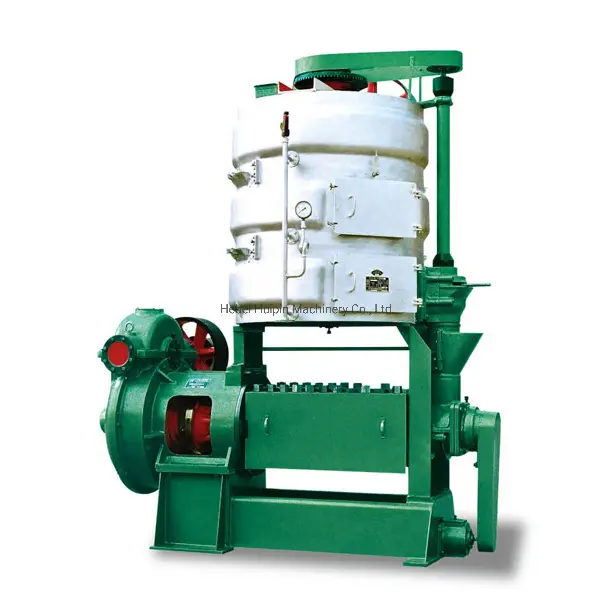Dec . 24, 2024 03:37 Back to list
Explore Neem Seed Oil Production Line for Efficient Manufacturing Solutions
Exploring the Neem Seed Oil Production Line A Comprehensive Guide
In recent years, neem seed oil has surged in popularity due to its numerous health benefits and versatile applications in agriculture, cosmetics, and pharmaceuticals. As a result, the demand for neem seed oil has increased significantly, creating opportunities for entrepreneurs and businesses interested in establishing a neem seed oil production line. This article aims to provide a comprehensive overview of the neem seed oil production process, its benefits, and key considerations for setting up a production line.
Understanding Neem Seed Oil
Neem seed oil is extracted from the seeds of the neem tree (Azadirachta indica), which is native to the Indian subcontinent. The oil is rich in essential fatty acids, antioxidants, and bioactive compounds, making it a powerful natural remedy with various applications. Known for its antimicrobial, anti-inflammatory, and insect-repellent properties, neem oil has found its way into skincare formulations, agricultural pest control products, and even traditional medicine.
The Neem Seed Oil Production Process
Setting up a neem seed oil production line involves several key steps, each crucial for ensuring high-quality oil extraction and efficiency in the production process. Here’s a detailed look at the stages involved
1. Raw Material Sourcing The first step in the production line is sourcing high-quality neem seeds. It is essential to ensure the seeds are harvested from healthy neem trees, as the quality of the seeds directly impacts the quality and yield of the oil.
2. Seed Preparation Once the seeds are procured, they must be cleaned and prepared for extraction. This process includes removing any debris, dust, or damaged seeds. Proper preparation ensures a higher oil yield and prevents contamination.
3. Oil Extraction Methods There are several methods used to extract oil from neem seeds, including cold pressing, solvent extraction, and supercritical fluid extraction. Cold pressing is the most common method, involving mechanical extraction without heat to retain the oil's natural properties. Solvent extraction, typically using hexane or other solvents, is another method but may not preserve the oil's benefits as effectively.
4. Filtration and Purification After extraction, the neem oil needs to be filtered to remove any solid particles or impurities. This step is critical in ensuring that the final product is clean and suitable for its intended applications. Further purification may involve processes such as degumming or deodorization to enhance the oil's quality.
5. Quality Control Implementing quality control measures throughout the production process is essential. Regular testing for purity, potency, and adherence to safety standards helps maintain high quality and consumer trust.
6. Packaging and Storage Proper packaging is vital for preserving the integrity of neem oil. Dark glass bottles are often preferred as they protect the oil from light degradation. Additionally, appropriate storage conditions, including a cool, dry place, help extend the oil's shelf life.
Benefits of Neem Seed Oil
buy neem seed oil production line

The benefits of neem seed oil are vast, making it a sought-after product in various industries
- Skincare Its anti-inflammatory and antibacterial properties make neem oil a popular ingredient in skincare products, addressing issues like acne, eczema, and dry skin.
- Agriculture Neem oil acts as a natural pesticide and fungicide, providing an eco-friendly solution for pest management in organic farming.
- Health Traditionally, neem oil has been used in Ayurvedic medicine for its therapeutic effects, including improving dental health and boosting the immune system.
Key Considerations for Setting Up a Production Line
For those looking to invest in a neem seed oil production line, several factors should be considered
- Investment and Cost Analysis Assess the initial investment required for equipment, raw materials, and operational costs. A detailed cost-benefit analysis can help determine the feasibility of the project.
- Research and Development Stay informed about industry trends, technological advancements, and consumer preferences. Investing in R&D can lead to innovative products and improved extraction methods.
- Regulatory Compliance Ensure compliance with local regulations regarding food safety, health standards, and environmental impact. This is crucial for building a reputable brand.
- Marketing Strategy Developing an effective marketing strategy to promote your neem seed oil products is essential. Highlighting the oil's benefits, versatility, and eco-friendliness can attract a wide customer base.
Conclusion
The neem seed oil production line offers a promising venture for entrepreneurs looking to enter the natural products market. With its vast applications and benefits, combined with the increasing consumer preference for natural and organic products, investing in neem seed oil production can be a rewarding endeavor. By understanding the production process, ensuring quality control, and implementing effective marketing strategies, businesses can successfully capitalize on the growing demand for neem seed oil.
-
HP 120 Cold Oil Press-Hebei Huipin|Efficient Extraction&Multi-Use
NewsAug.16,2025
-
HP 120 Cold Oil Press-Hebei Huipin|High-Efficiency Oil Extraction&Cold Press Technology
NewsAug.16,2025
-
HP 120 Model Cold Oil Press - Hebei Huipin Machinery | High Efficiency Oil Extraction Machine
NewsAug.16,2025
-
Food Oil Refined Machines: Quality & Efficient Oil Refining
NewsAug.16,2025
-
HP 120 Cold Oil Press - Hebei Huipin Machinery|Oil Extraction&Efficiency
NewsAug.15,2025
-
HP 120 Cold Oil Press - Hebei Huipin Machinery | Automated Oil Extraction&High Efficiency
NewsAug.15,2025
